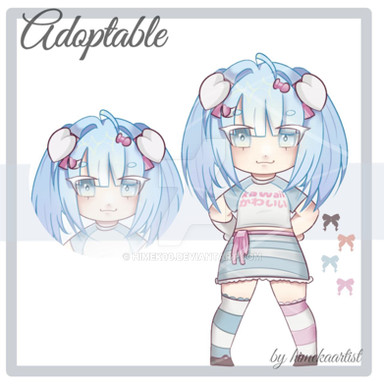HOME | DD
 ProjectMishmash — Shellfly
ProjectMishmash — Shellfly

#alien #aliencreature #alienspecies #astrobiology #creaturedesign #speculativeevolution #speculativebiology
Published: 2024-04-15 17:32:13 +0000 UTC; Views: 725; Favourites: 4; Downloads: 0
Redirect to original
Description
Submitted by TimestormPlanet of Origin: Colonia
Niche: Larvea: Small herbivore
Coocon: Sessile filterfeeder
Adult: behetic predator
Description: This weird creature resembles a clam that learned to swim, which in some regards, it is. They weigh from 1kg to 3.5kg as adults. And swim using their shells in a similar fashion as wings. Their shels are dotted with litte eyes that give them a 360 degree vision. their tail other flukes are on their tail and used in combination with their shell to swim in an up and down motion. Their gills are fuzzy and at first hanging from the body, later in live they fuse with the muscles that close the shell.
Between their flukes are two tentacles used to grab prey before rasping it open.
they have several small hearts lined on the tail.
Lifecycle: The adult produce up to 1000 eggs per mating season. They are deposited inside their shells, which also function as wing-like fins. Usually, the adults are able to close the shells to hide, but mothers store the fertilized eggs in there, which end up filling it up and leaving no space for the mother.
A few days-to-hours before the eggs hatch, the mother will swim to a reef or large vegitation and drop them there by grabbing handfulls and sticking them onto surfaces.
Once they hatched, they will act like undersea catterpillars and shave off algee and leaves with their tails and putting it in their jawless mouths.
If (and its a big if) they survive childhood, which takes a few weeks, they stick themselves, on their backs, onto plants, rocks, ice or the ground.
Now they start growing faster for a bit before slowing again, now they filter the water with spiky growths on their tails and their shells in order to obtain nutrients for further growth.
once their growth is completed, which takes around a year, they stop producing the glue that keeps them on the surface and wait until the glue from the last production disolved (they usually make glue every few weeks).
Then they can detach and come out as adults, ready to mate in one more year.

























